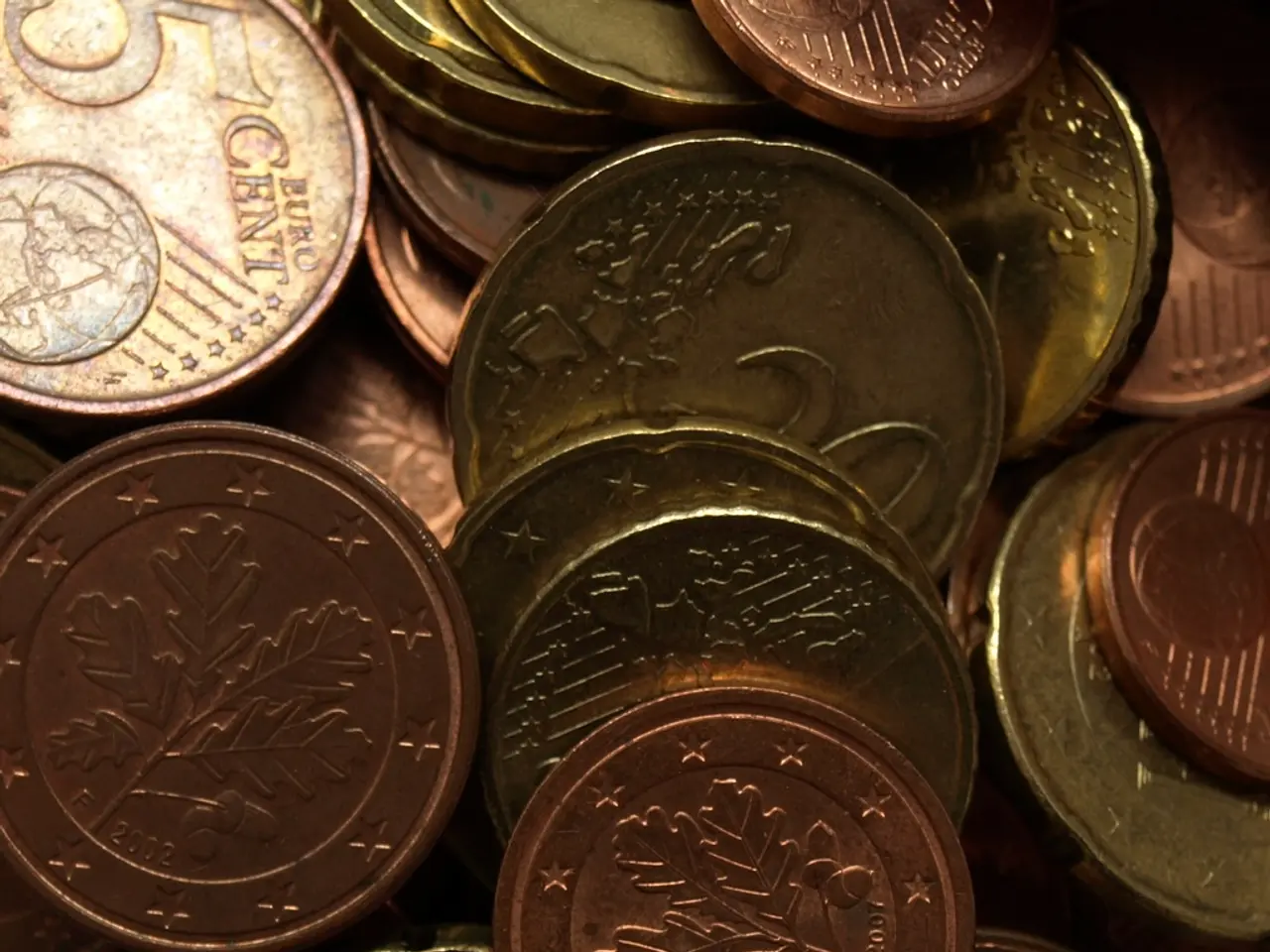Expanded tariff strategy expected to bolster Pakistan's commercial presence in the American market, according to Islamabad's statements
In a significant development, Pakistan is set to import its first-ever US crude oil cargo as part of the newly-finalized trade deal with the United States. This move marks a milestone in the countries' economic relationship, with potential for growth in sectors beyond textiles.
The trade tariff arrangement, finalized in late July 2025, is expected to lower reciprocal tariffs on Pakistani exports to the US, boosting sectors such as energy, information technology, and emerging areas like cryptocurrency.
Energy and oil are at the forefront of this collaboration, with the partnership aiming to develop Pakistan’s vast oil reserves. The deal involves choosing a leading oil company to work jointly on this, which could significantly increase exports related to energy resources.
The mineral sector is another area of focus, with reduced tariffs and increased investment expected to benefit this sector.
In the realm of information technology, the agreement points towards expansion in software exports, IT services, and tech-enabled industries.
The agreement also references emerging fields such as cryptocurrency, indicating a forward-looking aspect to the trade deal that could stimulate fintech exports and related services.
Pakistani officials aim for a tariff regime competitive or better than peers like Japan, Indonesia, the Philippines, and Vietnam, where tariffs range between 15-20%. The focus is on developing a strategic and stable partnership to enhance bilateral trade beyond mere transactional exchanges.
The US will charge a 19 percent tariff on imports from Pakistan, compared to the previously announced 29 percent tariff. This revised tariff decision is considered by the Pakistani finance ministry as a "balanced and forward-looking approach".
The oil cargo, a West Texas Intermediate light crude cargo, will be loaded from Houston this month and is expected to arrive in Karachi in the second half of October. The shipment is not meant for resale.
Pakistan's largest refiner, Cnergyico, will import 1 million barrels of oil from Vitol in October.
The current tariff arrangement presents a significant opportunity to expand Pakistan's footprint in the US market. The US remains Pakistan's top export destination, with shipments totaling $5.44 billion in fiscal year 2023-2024.
Pakistani officials have urged Pakistani exporters and trade bodies to adopt an aggressive and focused marketing strategy to capitalize on this opportunity. The Pakistani government is committed to facilitating exporters through policy support, market intelligence, and trade promotion initiatives.
As Pakistan continues to engage closely with President Trump and the US administration, the hope is that this new trade deal will promote economic development and mutual prosperity between the two nations. The deal was reached just ahead of the August 1 deadline.
Exports from July 2024 to February 2025 rose 10 percent from a year earlier, indicating a positive trend in Pakistan's economic recovery under a $7 billion International Monetary Fund (IMF) program. The Pakistani finance ministry looks forward to further positive engagements and close cooperation with the US in various sectors, including investment, artificial intelligence, cryptocurrency, mines and minerals, energy, and other emerging sectors.
- The new trade deal between Pakistan and the United States might extend beyond textiles to sectors like art, as the tariff arrangement could lower reciprocal tariffs on Pakistani exports, potentially stimulating growth in areas like handicrafts and traditional art.
- The energy sector, particularly oil, is a key focus of the collaboration between Pakistan and the United States, with the trade deal potentially opening up opportunities for Pakistani exports of oil to the east, given the expected inflow of US crude oil.
- In the realm of finance and business, the agreement points towards potential growth in areas like fintech exports, financial services, and cryptocurrency, as the deal references this emerging field.
- The deal could also have implications for Pakistan's political landscape, particularly in the context of general-news, as it represents a significant step towards enhancing bilateral trade and potentially fostering closer ties between the two nations.




